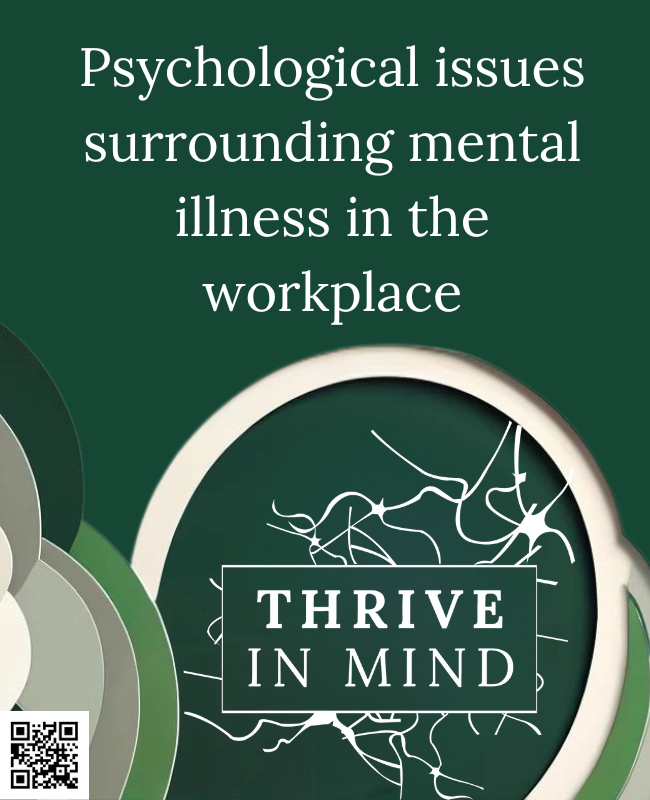Embracing The Grey

In therapy sessions, clients often express strong black-and-white views about themselves, the world, and other people. Common statements are “I am either attractive or I am ugly,”. “The world is either dangerous or safe,” and “people can be trusted or are untrustworthy.” This binary thinking position often amplifies their emotional pain when they go on to criticise themselves: “I am weak for feeling this way; I used to be strong.”
This type of black-and-white thinking isn’t confined to the therapy room, and most people at some time or other will adopt this viewpoint. Binary positions can be commonly seen inside workplaces. Targets, appraisals, outcome measures, team performance, and abilities are often evaluated as right or wrong, failing or achieving, good or bad. Employees can then buy into this view and sacrifice their well-being and personal lives by working excessive hours because they believe that if they aren’t relentlessly hardworking, they will be seen as lazy.
The enticement of binary thinking in the workplace is understandable; it provides a straightforward, unambiguous view of the world. Binary concepts are measurable and offer psychological comfort by minimising uncertainty. However, this mindset confines us to rigid categories, where even the slightest deviation from perfection is seen as failure.
The desirability of the top end and fear of the bottom end of this spectrum are further reinforced by unconscious associations. ‘Success’ may evoke images of wealth, power, attractiveness, and popularity, while ‘failure’ may conjure images of poverty, social judgment, and inadequacy. These associations motivate individuals to do whatever it takes to avoid the perceived negative end of the spectrum.
This black or white perspective extends to employee health, where staff are often seen as either ‘sick’ or ‘healthy,’ ‘mentally ill’ or ‘coping.’ From a mental health standpoint, binary thinking reinforces negative stereotypes (us and them) and sets unrealistic expectations (can do or can’t do), often leading to excessive pressure, stress, and burnout among employees. A binary view would assume that employees who seem to be ‘getting on with things’ are mentally well and therefore are not in need of support or check-ins.
While it’s essential for some aspects of business operations to remain clear-cut and target-focused, there’s a compelling case to also embrace the grey areas too. This perspective values the importance of fostering creative ideas and constructive discussions. When we embrace uncertainty, we open doors to fresh approaches and opportunities for growth. By breaking free from predefined categories, we promote innovation and welcome diverse perspectives and skills. This can result in improved problem-solving, innovation, and productivity.
It is crucial not to perceive employee mental health as a binary ‘have or do not have’ condition but rather to place it on a continuum. This perspective implies, therefore, that we are ‘all of us on it together’. We all encounter moments of stress, sadness, and anxiety; we all experience worry and sleepless nights, and we all go through periods of suffering. By acknowledging and embracing these common human experiences instead of distancing ourselves from them, we can foster empathy, offer support, and nurture one another.
When employers adopt the continuum view of mental health, they emphasise the significance of interventions that promote well-being at every point along this spectrum. This approach shifts our focus from reacting to mental health crises to proactively enhancing our overall mental well-being. Interventions become integrated into the workplace culture, rather than being ad hoc and inconsistently applied.
Adopting a continuum perspective not only enriches workplace dynamics but also builds a more compassionate and empathetic environment where employees can thrive personally and professionally.”
Thrive in Mind are on a mission to improving employee mental well-being. We offer innovative groups for business leaders and a groundbreaking psychological digital programme. Contact us to find out more contactus@thriveinmind.org, www.thriveinmind.org.

